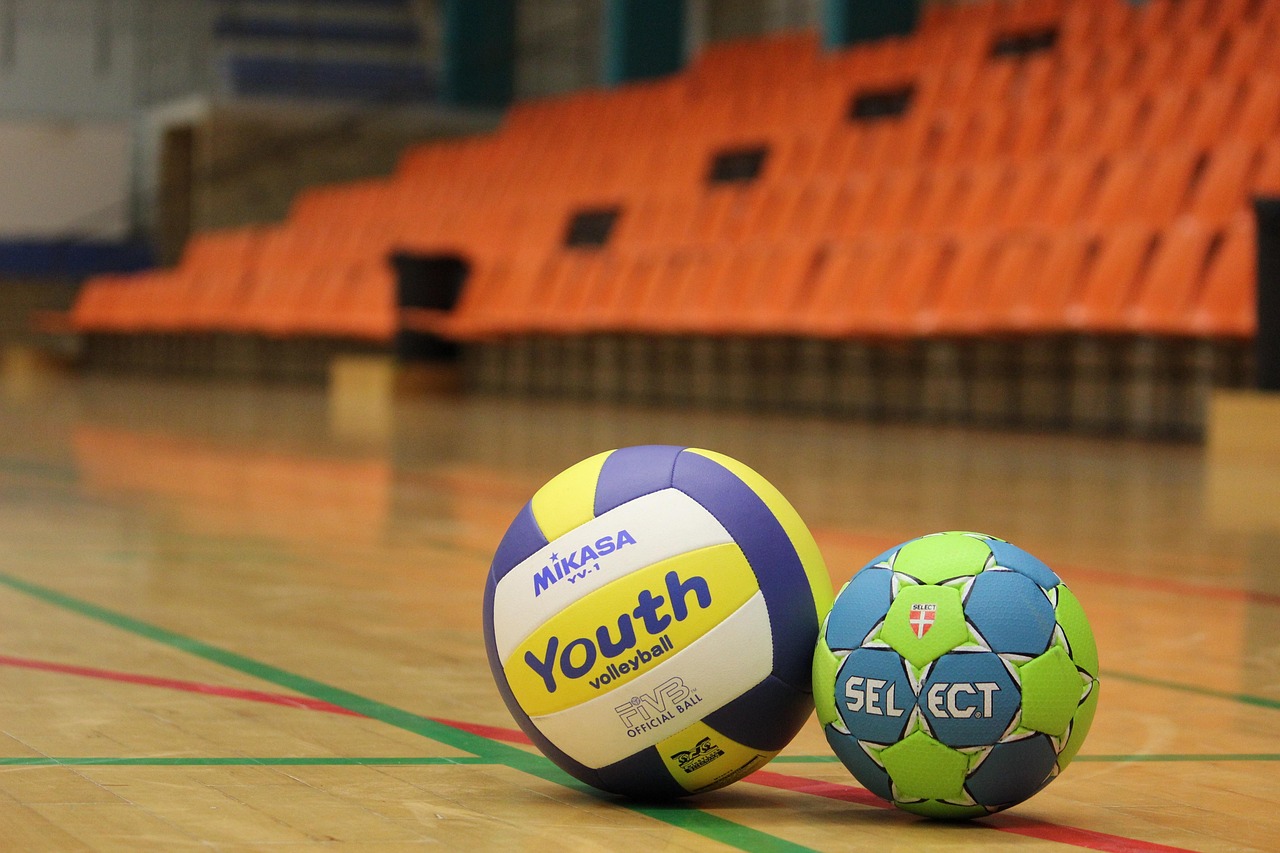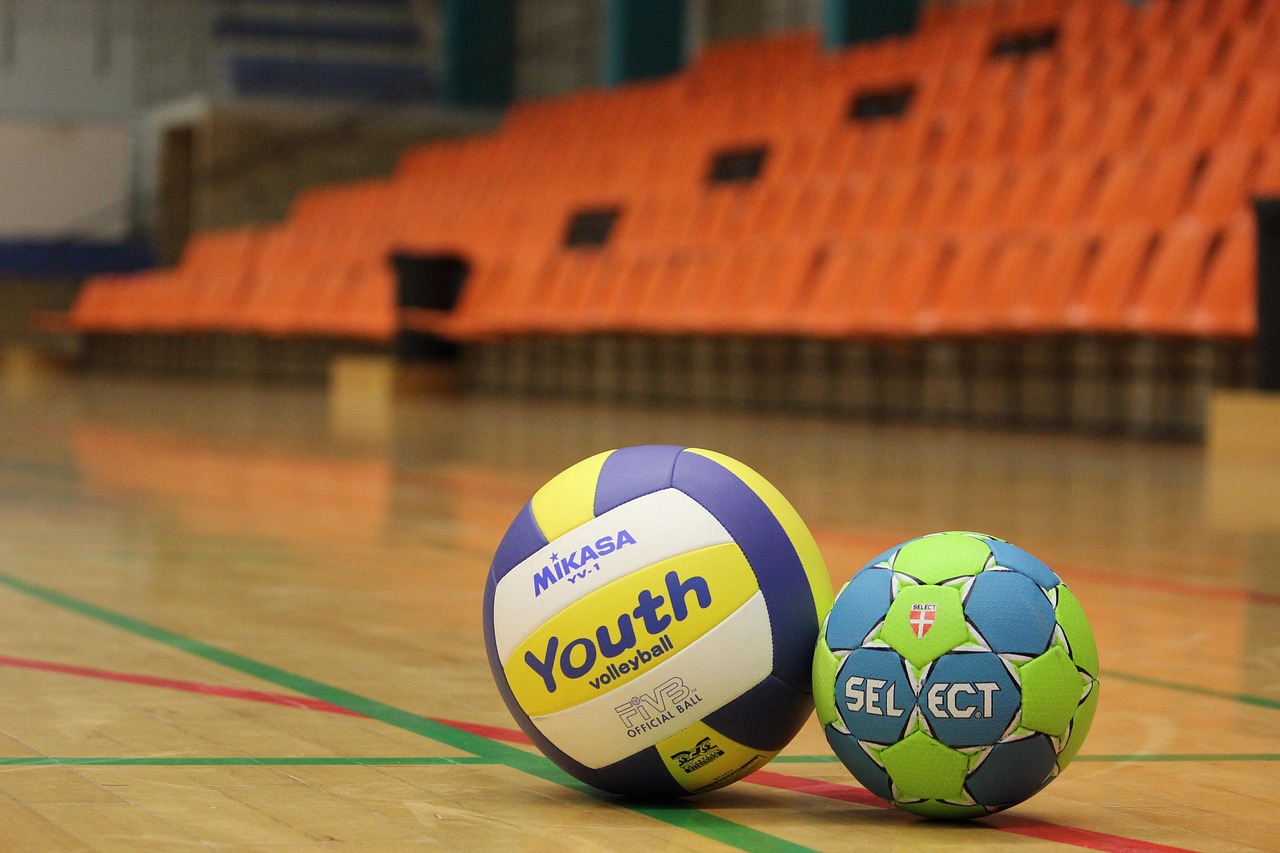
Introduction to VAR Controversy
In the thrilling Concacaf Gold Cup final, the U. S. Men’s National Team (USMNT) faced off against Mexico, but a controversial VAR decision left fans buzzing and coach Mauricio Pochettino fuming. The pivotal moment came in the 66th minute when a potential handball by Mexico’s Jorge Sánchez was not called, despite claims for a penalty. This guide will break down the key highlights of the incident, the implications of the VAR decision, and what it means for the future of officiating in soccer.
The Key Moment of Controversy
In a tightly contested match that ended with a 2-1 victory for Mexico, the turning point occurred when Sánchez appeared to handle the ball inside his own penalty area. At that moment, the score was 1-1, and many believed a penalty should have been awarded to the USMNT. Pochettino expressed his frustration, stating, “If that happened in the opposite half, for sure it’s a penalty.” This sentiment resonated with fans and analysts alike, highlighting the ongoing debate over VAR’s consistency in interpreting handball situations.

Understanding the VAR Decision
The VAR’s decision to not award a penalty stemmed from the interpretation of Sánchez’s actions as accidental. According to the International Football Association Board (IFAB) guidelines, a player is not penalized for a handball if their arm is in a natural position while falling. However, the rapid nature of the play raised questions about Sánchez’s intent. The incident mirrored a similar case involving Arsenal’s Martin Ødegaard, where a handball was deemed unintentional and went unpunished. Such inconsistencies in VAR interpretations have led to growing frustrations among teams and fans.
The Impact of Inconsistent Officiating
This VAR controversy is not just a one-off incident; it reflects a larger trend in soccer regarding the clarity and consistency of officiating. According to a study by the Professional Game Match Officials Limited (PGMOL), nearly 25% of VAR interventions in the 2022-2023 Premier League season were overturned, indicating a level of uncertainty in decision-making. Fans and players are left wondering how similar situations will be treated in the future, as the lack of a clear standard can significantly impact match outcomes.

Future Implications for VAR Use
As we look ahead, the Gold Cup final incident serves as a critical reminder of the need for ongoing training and clearer guidelines for VAR officials. The goal of VAR is to enhance the accuracy of officiating, but it must also ensure that players and fans feel confident in the decisions being made. The IFAB has acknowledged the complexities surrounding handball rules and is working on refining the guidelines to minimize confusion.

Conclusion and Final Thoughts
The VAR controversy during the Gold Cup final is a stark illustration of the challenges soccer faces with video technology and officiating. As the sport continues to evolve, the focus must remain on creating a fair and transparent environment for players and fans. The discussions sparked by these incidents will undoubtedly shape the future of officiating, and it is crucial for governing bodies to address these concerns head-on. In the end, clarity in the rules and consistent application of VAR will determine whether it enhances or detracts from the beautiful game.




